If you are a homeowner, then you know that one of the most important decisions you will make is what type of roof to put on your house. There are two main types of roofs: roof overlay and tear off. So, what’s the difference? And which one should you choose for your home? Keep reading to find out!
What Is Roof Overlay?
A roof overlay is when you install a new roof on top of an existing one. This can be done for several reasons, the most common being to extend the life of the existing roof and to save money on the cost of tearing off and disposing of the old roof. [1]
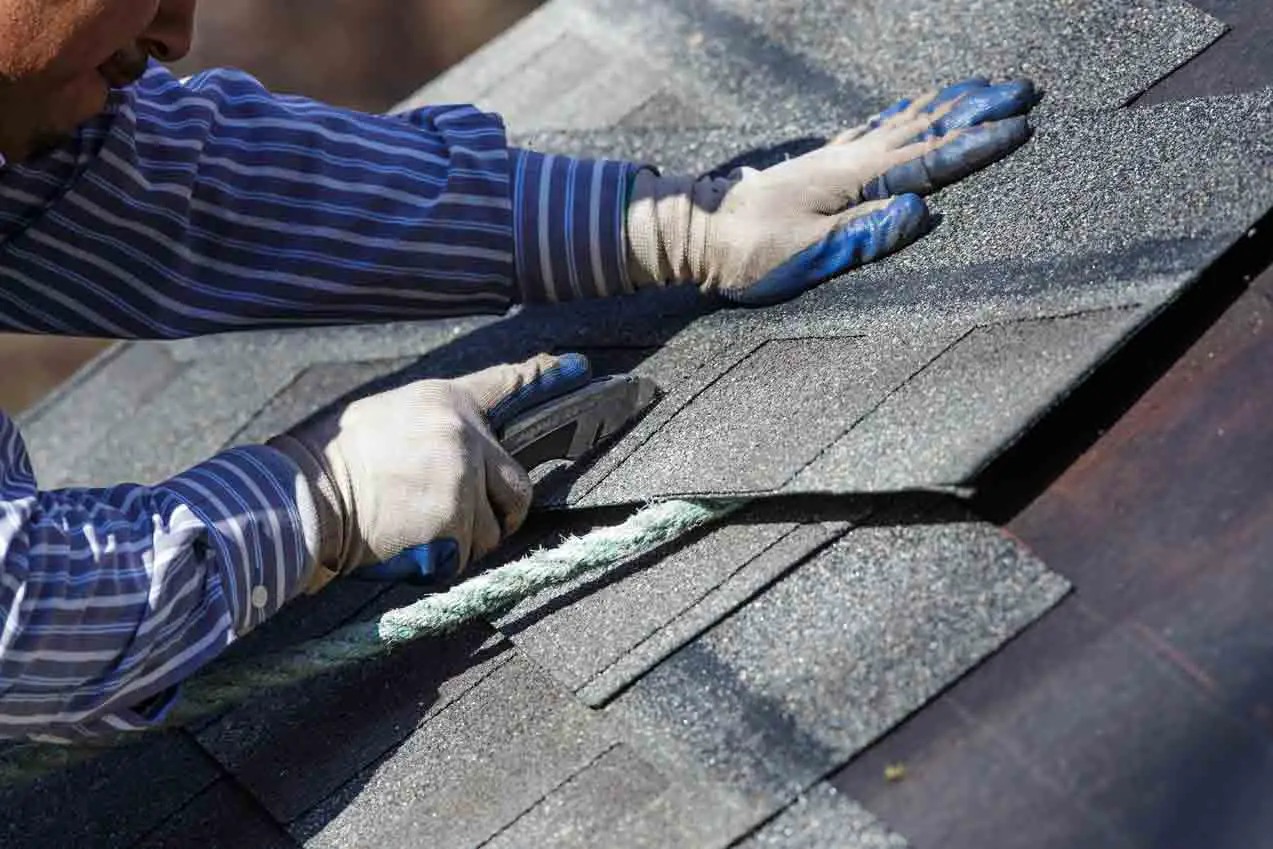
What Is Roof Tear Off?
Roof tear off is the process of removing your existing roofing material down to the decking or sheathing. This is typically done when your roof has reached the end of its life expectancy, or if there is significant damage that can’t be repaired.
Tearing off your old roof also gives you the opportunity to inspect and repair any underlying issues, such as damaged flashing or rotten decking. You may install a brand-new layer of shingles and begin again, which can help your home’s energy efficiency. [2]
Difference Between Overlay Vs. Tear Off
The two main types of roofing projects are an overlay and a tear off. Both have their own set of pros and cons that should be considered before making a decision. Here’s a quick rundown of the key differences between the two:
- An overlay is simply adding a new layer of roofing over the existing one. This is typically quicker and less expensive than a complete tear off, but it also has some drawbacks. The biggest downside to an overlay is that it can’t address any underlying issues with your roof deck or structure. So, if there’s any rot or damage, it will still be there after the new layer is installed.
- A complete tear off involves removing all of the old roofing materials down to the decking. This option is more expensive and time-consuming, but it does allow you to inspect and repair any damage to the roof deck before installing the new roof. This can help extend the life of your new roof and avoid any leaks or other problems down the road.
- So, which option is right for you? It really depends on the condition of your existing roof. If it’s in good shape with no major structural issues, an overlay might be a fine choice. But if there’s any significant damage or deterioration, a complete tear off is probably a better bet. Either way, be sure to consult with a qualified roofing contractor to get their professional opinion before making a final decision. [3]
Tear-Off Roofs — The Pros
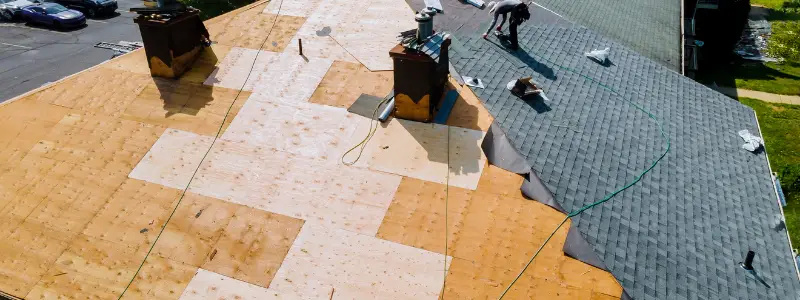
It’s A Full Replacement
The biggest advantage of a tear-off roof is that you’re getting a brand new roof. When your old roof is torn off, any and all damage is removed with it. This includes water damage, worn shingles, and any other structural issues. A tear-off also gives you the opportunity to start from scratch with a new roof deck, which can add years to the life of your new roof.
You’ll Enjoy Better Quality Materials
In addition to getting a new roof deck, a tear-off also gives you the chance to upgrade your roofing materials. If your old roof was installed with lower quality materials, you can replace them with higher quality materials that will last longer and provide better protection for your home.
You Can Customize Your Roof
Another advantage of a tear-off is that you can customize your roof to meet your specific needs.
It Will Last Longer
Perhaps the most important advantage of a tear-off is that it will last longer. When your old roof is removed, all of the weak and damaged areas are also removed. This means that your new roof will be stronger and more durable, and it will last for many years to come.
Respond To Climate Conditions
A roof overlay can also respond to climate conditions, such as thermal expansion and contraction. If you live in a hot climate, an overlay may be a better option because it won’t expand as much as a tear-off roof in extreme heat. However, if you live in a cold climate, an overlay may not be the best option because it could contract and cause damage to your roof.
It Will Add Value To Your Home
A final advantage of a tear-off roof is that it will add value to your home. If you ever decide to sell your home, a new roof will give it a boost in value and make it more appealing to potential buyers.
Tear-Off Roofs — The Cons
Increased Cost
The main downside to a tear-off roof is that it costs more than an overlay. This is because it requires more labor and materials to remove the old roof and install a new one.
More Time-Consuming
It takes longer to install a tear-off roof than it does to an overlay. It can take several days or even weeks to complete, whereas an overlay can usually be done in one day. [4]
More Disruption To Your Home
Another disadvantage of a tear-off roof is that it causes more disruption to your home. When your old roof is being torn off, there will be noise, dust, and debris everywhere. This can be especially disruptive if you have young children or pets in your home.
Waste Removal
Finally, a tear-off roof creates more waste because the old roofing materials have to be disposed of. This can be a hassle and it’s not good for the environment.
Overlay Roofs — The Pros
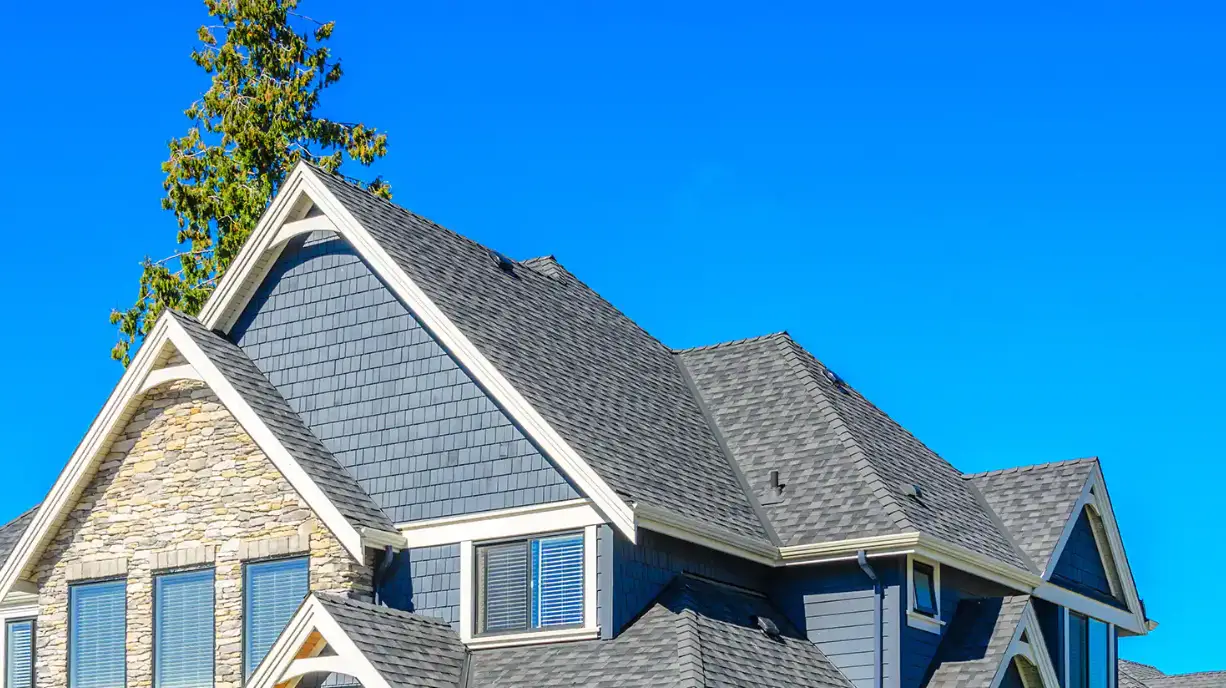
It’s More Affordable
An overlay is going to be a more affordable option than a complete tear off. This is because you’re not paying for the labor to remove your old roof.
It’s Quicker
Another pro of an overlay roof is that it can be completed much quicker than a tear off. This is again because you don’t have the labor intensive process of removing the old roof.
It Can Be Better for Your Roof
In some cases, putting a new layer over your old one can actually be better for your roof. This additional layer can provide extra protection from the elements and extend the life of your roof.
Overlays Have A Viable Life Expectancy
While an overlay roof won’t last as long as a complete tear off and replacement, it can still have a viable life expectancy. With proper maintenance, an overlay roof can last 20-25 years.
Overlays Are Less Labor Intensive
Not only is an overlay quicker, but it’s also less labor intensive. This means that there is less of a chance for mistakes to be made during the installation process.
Overlay Roofs – The Cons
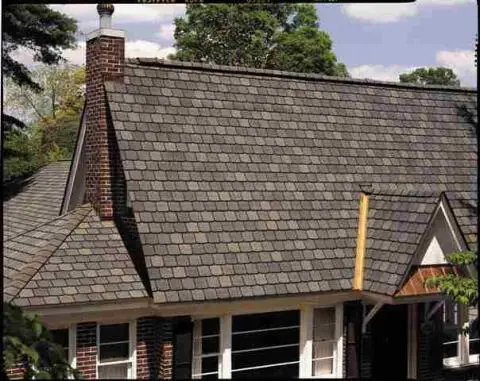
You Can Only Overlay It Once
An overlay is only as good as the roof decking below it. So, if your roof is old and has multiple layers of shingles, an overlay might not be the best option. Also, you can only do an overlay once. So, if there are any issues with the first overlay, you’ll have to tear off the entire roof to fix it.
It Won’t Last As Long
An overlay might not last as long as a new roof. The average lifespan of an asphalt shingle roof is 20 to 30 years. But, an overlay will only last 15 to 20 years.It Might Not Be Worth ItIf your roof only has one or two layers of shingles, it might not be worth doing an overlay. It would be cheaper and easier to just tear off the old shingles and install new ones. [5]
It Adds Weight to the Roof
An overlay adds weight to your roof. This extra weight can put stress on the roof decking and framing, which could lead to problems down the road.
It May Not Look As Good
An overlay might not look as good as a new roof. The new shingles will sit on top of the old ones, which can make your roof look lumpy and uneven.
It’s More Difficult To Track Leaks
If you have a leak in your roof, it can be more difficult to find if you have an overlay. That’s because the new shingles will cover up the old ones, making it harder to track down the source of the leak.
It Can Negatively Affect Resale Value
If you plan on selling your home in the future, an overlay can actually negatively affect the resale value. That’s because potential buyers will know that they’ll have to replace the roof sooner rather than later.
So What Is Better?
The answer to whether a roof overlay or tear off is better depends on the condition of your existing roof. If your roof is in good shape, an overlay might be the way to go. However, if your roof is old or damaged, a tear off might be necessary. Ultimately, the decision between an overlay and a tear off should be made by a professional roofer who can inspect your roof and give you their expert opinion.
FAQ
What is a roof overlay?
A roof overlay is a process in which a new layer of asphalt shingles or other roofing material is installed over the existing roof.
What are the benefits of a roof overlay?
There are several benefits to choosing a roof overlay instead of a complete tear off and replacement. These include:
- Reduced cost
- Less time and disruption during installation
- Ability to keep the same general style of roofing
What are the disadvantages of a roof overlay?
While there are some advantages to overlaying an existing roof, there are also some potential disadvantages to consider. These include:
- Weaker overall structure – Since the new layer is added on top of the old, it can’t be anchored as securely as a new roof. This can lead to increased wear and tear, and potentially shortened lifespan.
- Limited options – When you overlay an existing roof, you’re limited in the types of materials you can use. For example, if your current roof is asphalt shingles, you wouldn’t be able to install metal roofing on top of it.
- Uneven surfaces – One of the biggest potential problems with overlaying an existing roof is that it can create an uneven surface. If your old roof is starting to sag or has any other irregularities, these will be magnified when a new layer is added on top. This can lead to premature failure of the new roof. If you’re considering a roof overlay for your home or business, it’s important to weigh the pros and cons carefully. Be sure to consult with a qualified roofing contractor to get the best advice for your specific situation.

What is a complete tear off?
A complete tear off is exactly what it sounds like – the old roof is completely removed before a new one is installed. This process can be more disruptive and time-consuming than an overlay, but it also offers some advantages.
Is the overlay roof good?
It depends on your specific situation. Be sure to consult with a qualified roofing contractor to get the best advice for your specific situation.
How do you tear off a roof?
The process of tearing off a roof is actually quite simple. First, the old shingles are removed.
Next, the plywood sheathing is exposed. Finally, the old roof decking is removed and replaced with new decking. The entire process usually takes one to two days. Tearing off a roof can be a messy and time-consuming job. It’s also important to note that there will be some debris left behind after the job is complete. This debris will need to be disposed of properly. One of the main benefits of tearing off a roof is that it allows for a thorough inspection of the underlying structure. This inspection can help identify any potential problems that could cause leaks or other damage in the future. It’s also important to note that tearing off a roof can sometimes be necessary in order to install a new roof. If the old roof is in bad shape, it might not be able to support the weight of a new roof. In this case, tearing off the old roof is the best way to ensure that the new roof will be installed properly.
How long does roof overlay last?
A roof overlay is a thin layer of material that is applied over the existing roof. Roof overlays are usually made of asphalt or fiberglass. They are designed to provide a new surface for the old roof, as well as to protect the underlying structure from weather damage. Roof overlays can last for many years, but they will eventually need to be replaced. The lifespan of a roof overlay depends on many factors, including the quality of the materials used and the climate in which it is installed. In general, however, most roof overlays will last between 15 and 20 years.
What’s better: tear off or overlay?
There is no easy answer to this question. It depends on many factors, including the condition of your existing roof, the climate in which you live, and your personal preferences. If your roof is in good condition and you live in an area with mild weather, a roof overlay might be the best option. However, if your roof is in poor condition or you live in an area with severe weather conditions, a tear off might be the better choice. Ultimately, the decision of whether to tear off or overlay your roof should be made by a qualified roofing contractor.
How many times can you overlay a roof?
The number of times you can overlay a roof depends on the condition of the existing roof and the thickness of the new layer. Generally, two to three overlays are possible before a tear off is needed.
Can you put a new roof over an old roof?
Yes, you can put a new roof over an old roof in most cases. However, there are a few things to consider before doing so.
Is it OK to reroof over old shingles?
Yes, you can reroof over old shingles if they are in good condition. However, you should have a professional inspect the roof first to make sure it is structurally sound.
Useful Video: Roof Tear Off vs Roof Nail Over (Nail Over Pros and Cons)
Conclusion
So, what’s the verdict? When it comes to roofing, there are pros and cons to both a roof overlay and a tear off. It really depends on your specific needs as to which one is right for you. If you have any questions or need help deciding, be sure to contact a professional roofing contractor. They will be able to assess your situation and make the best recommendation for your home or business.
Hopefully, this article has helped you better understand the difference between a roof overlay and a tear off. Thanks for reading!
References
- https://www.bridgersteel.com/blog/roof-overlay-vs.-tear-off
- https://www.billraganroofing.com/blog/roof-tear-off-roofing-contractor
- https://wernerroofing.com/blog/new-roofing-tear-off-vs-overlay/
- https://www.angi.com/articles/pros-and-cons-new-roof-vs-overlay.htm
- https://roofmaxx.com/2020/03/how-long-does-a-shingle-roof-last/










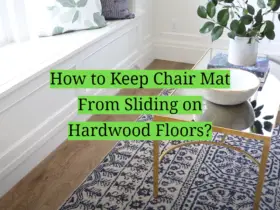
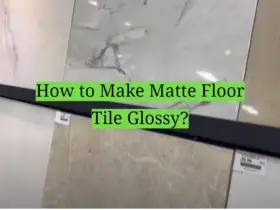

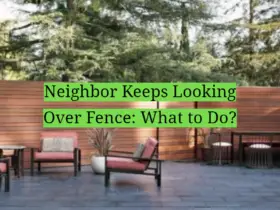
Leave a Reply